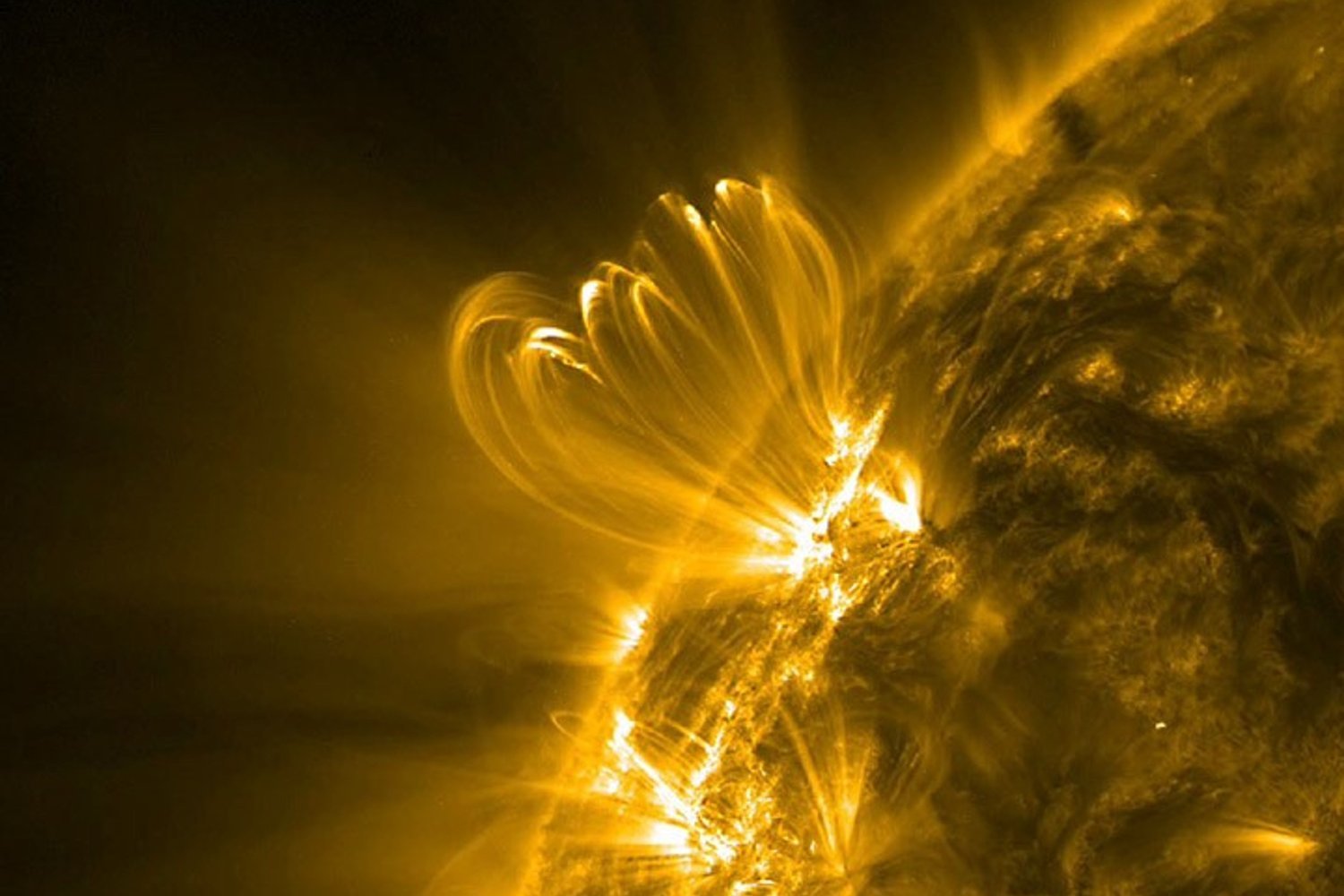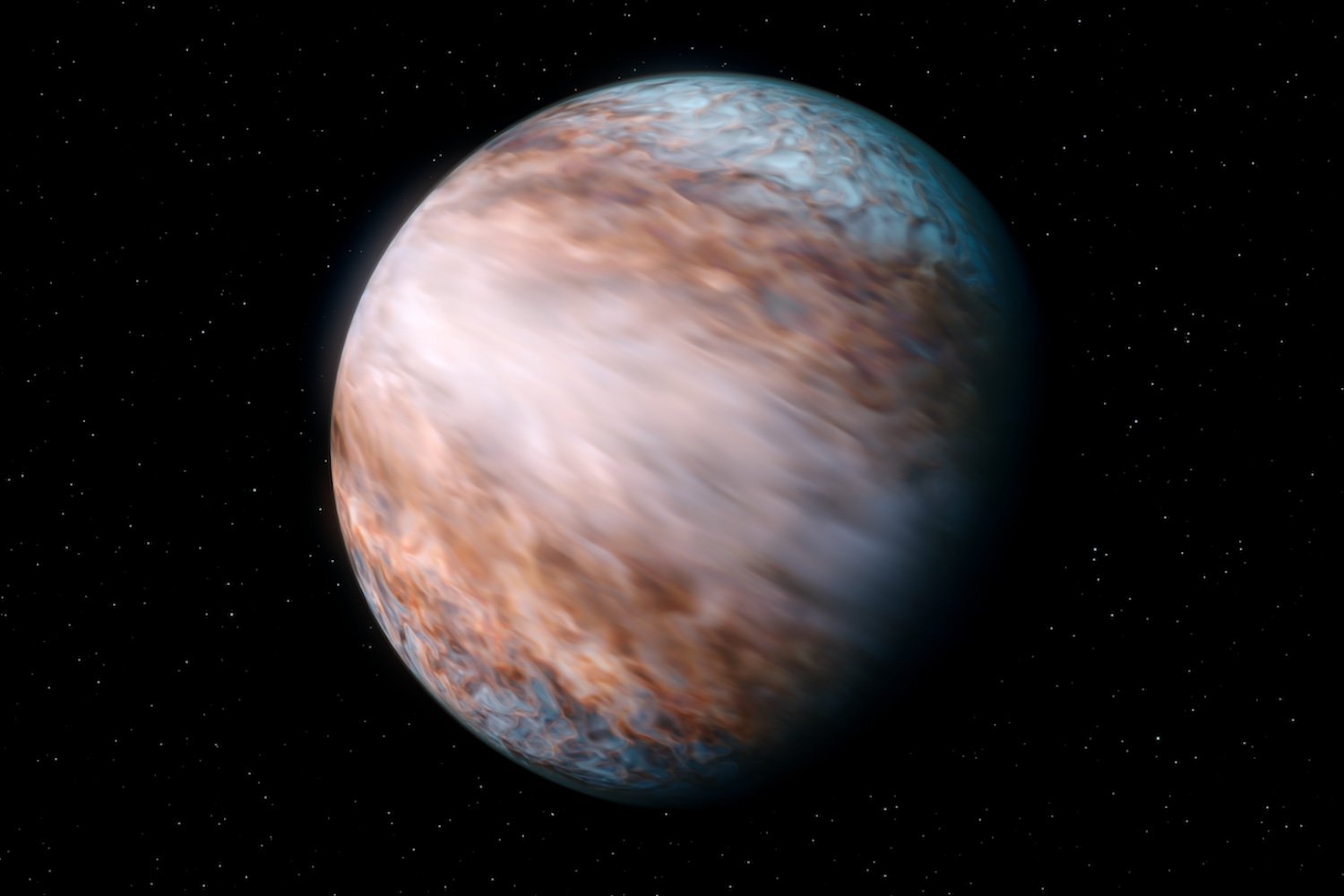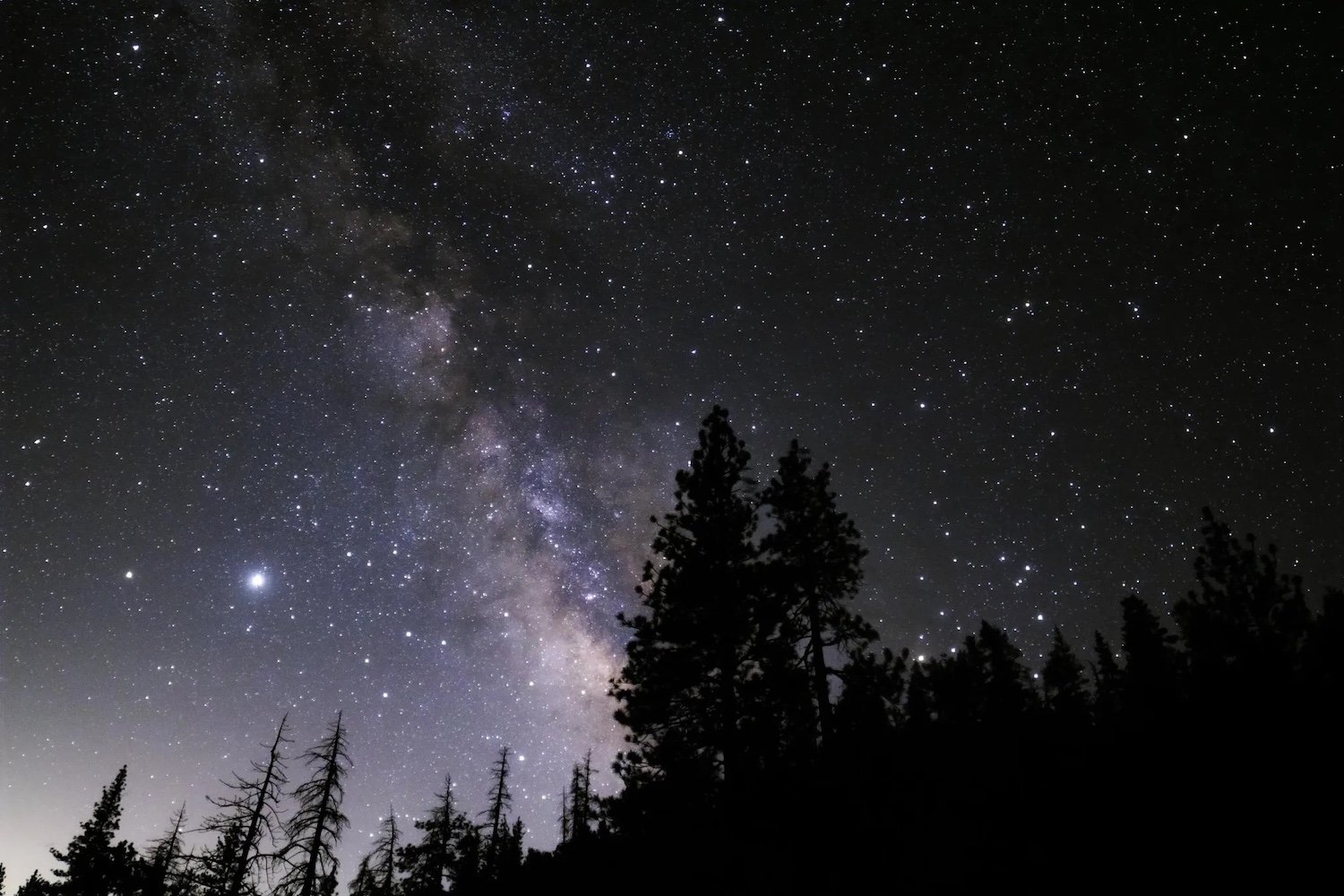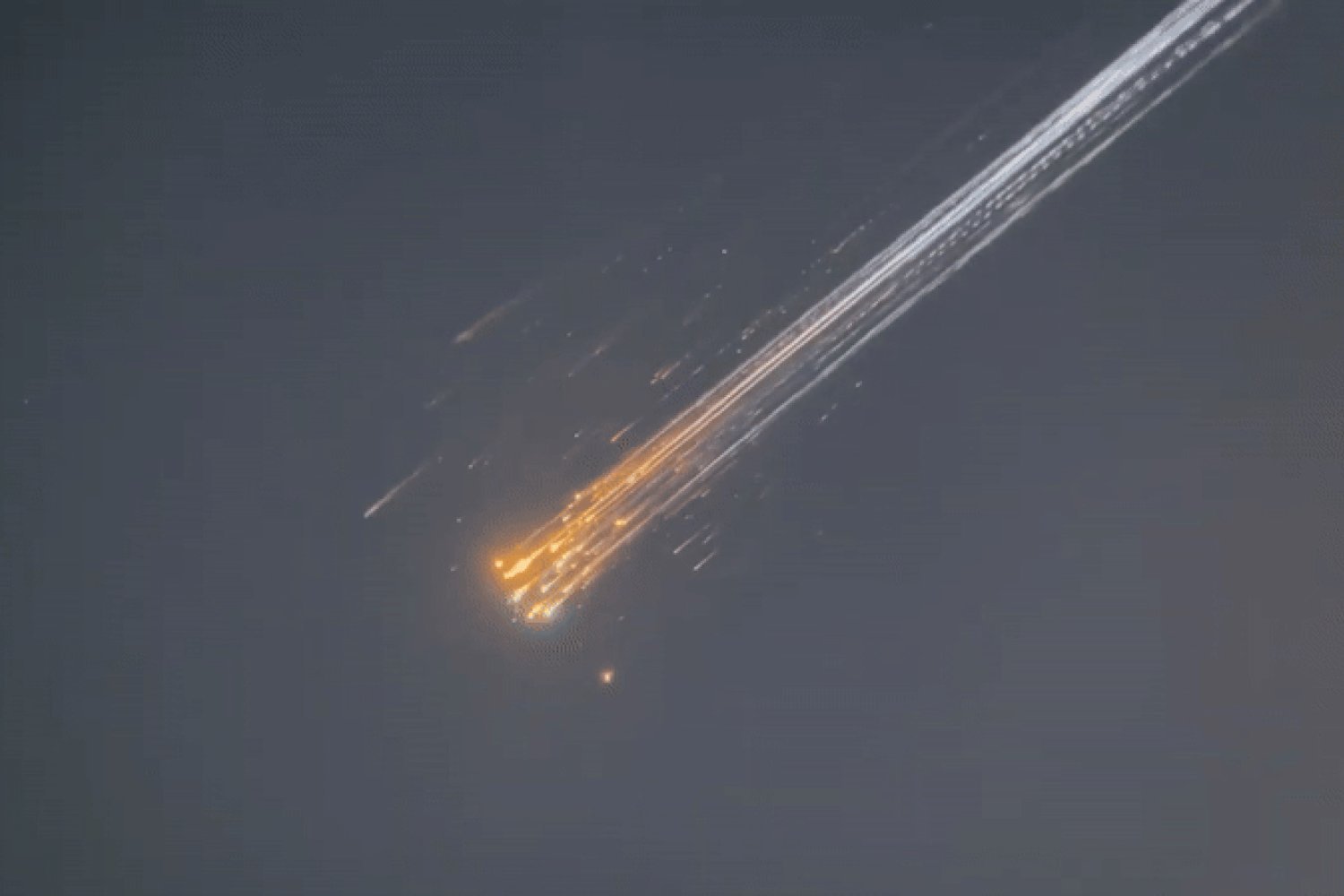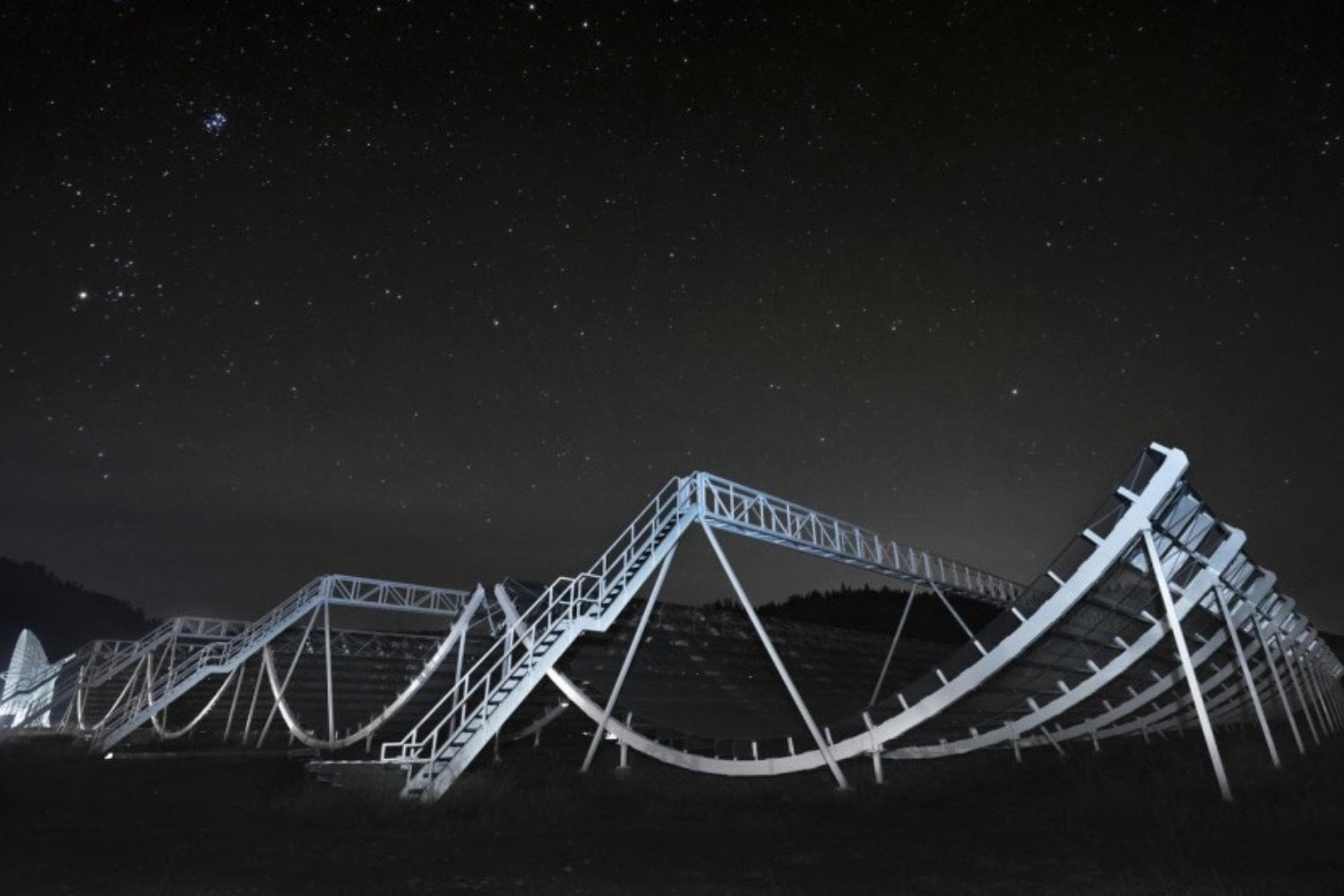Intense solar flares, sudden bursts of electromagnetic radiation from the Sun, pose a significant threat to Earth’s atmosphere and technology. Predicting these events accurately has been a long-standing challenge for scientists. However, new research suggests that observing the behavior of coronal loops, arch-like structures in the Sun’s outer atmosphere, may offer a promising solution.
A team of researchers co-led by heliophysicist Emily Mason of Predictive Sciences Inc. has discovered a correlation between the flickering of coronal loops and the occurrence of solar flares. Their findings, published in the Astrophysical Journal Letters and presented at the 245th meeting of the American Astronomical Society, suggest that monitoring these flickers could provide a valuable early warning system.
Solar flares can disrupt satellite communications, GPS systems, and even power grids on Earth. They also expose astronauts and spacecraft to harmful levels of radiation. Therefore, a reliable method for predicting these events is crucial for mitigating the risks associated with space weather.
The research team analyzed data from NASA’s Solar Dynamics Observatory, focusing on the behavior of coronal loops in the hours leading up to 50 intense solar flares. Coronal loops are found in the same magnetically active regions of the Sun that produce solar flares. The researchers observed that the brightness of these loops in extreme ultraviolet light fluctuated significantly more before a large flare than in regions without flaring activity.
“We found that some of the extreme ultraviolet light above active regions flickers erratically for a few hours before a solar flare,” explained Mason in a NASA statement. “The results are really important for understanding flares and may improve our ability to predict dangerous space weather.”
The study suggests that observing these ultraviolet brightness variations in coronal loops could predict solar flares two to six hours in advance with an accuracy of 60 to 80 percent. This level of accuracy, if validated, surpasses existing forecasting methods.
“The Sun’s corona is a dynamic environment, and each solar flare is unique,” said Kara Kniezewski of the Air Force Institute of Technology, who co-led the study. “We find that searching for periods of ‘chaotic’ behavior in the coronal loop emission, rather than specific trends, provides a much more consistent metric.”
Vadim Uritsky of NASA’s Goddard Space Flight Center, another participant in the study, envisions developing a “well-tested and, ideally, simpler solar flare indicator ready for operational use.” The researchers also noted a potential correlation between the strength of a flare and the timing of the flickering peaks, though further research is needed to confirm this observation.
Predicting solar flares has been a scientific pursuit for decades. If the findings of this recent study are substantiated, observing the flickering of coronal loops could serve as a crucial warning signal, protecting both human activities and technological infrastructure from the Sun’s powerful outbursts.



